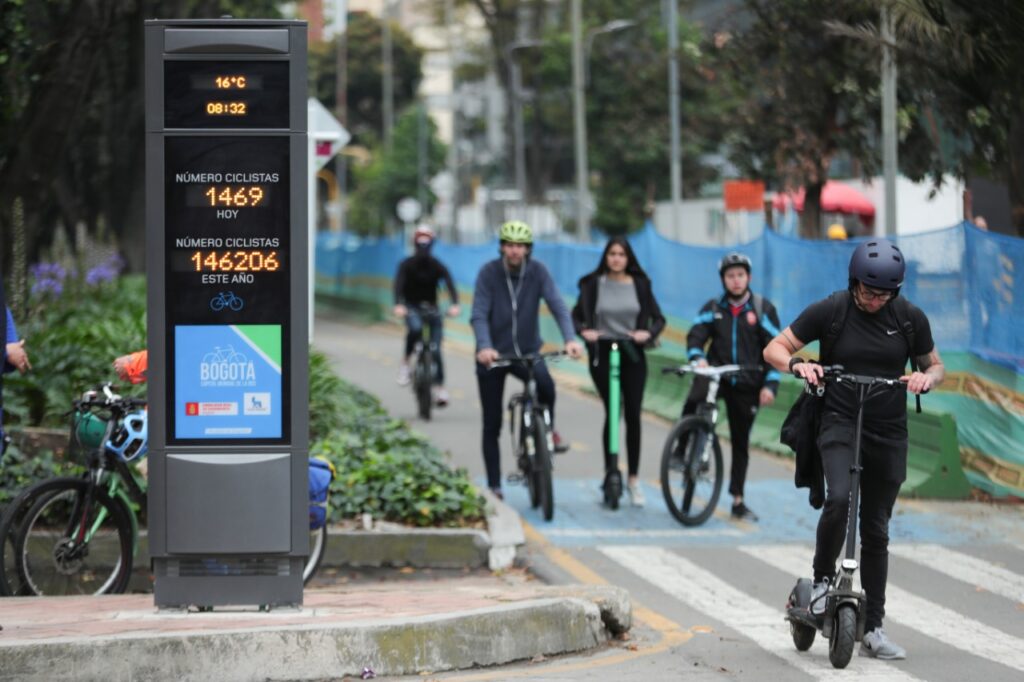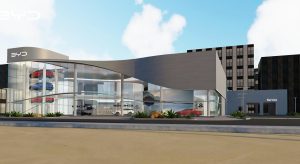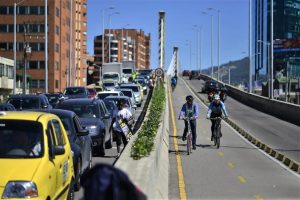Latin American cities are undergoing a transformation of their mobility model, in order to overcome traffic congestion, offer solutions to people and reduce carbon emissions (CO2).
According to data from the United Nations (UN), Latin America is the most urbanized region in the world and it is expected that 90% of the regional population will live in cities by 2050. Even today, there are 55 metropolises with more than one million inhabitants.
Faced with this scenario, governments of the continent have designed public policies and strategies to massify electric mobility, both in public and private transportation, with the goal of providing solutions to the climate crisis affecting the planet.
In this sense, a group of Latin American municipalities’ leaders attended the “Latam Smart Mobility & Cities Virtual Summit” organized by Latam Mobility, a meeting to address, among other topics, “The Sustainable Mobility Revolution in Cities”.
For Bogotá, Colombia, Paola Ramírez, Strategic Projects Manager for the District Mobility Secretariat, spoke, highlighting that the pandemic has increased sustainable means of transportation such as bicycles, and that according to a survey conducted by the division, 6.6% of the city’s trips are made by bicycle.
She detailed that so far they have built 593 kilometers of “cicloinfraestructura”, having as a deadline, no more than two years from now, to reach 830 km.
“We have consolidated the network by incorporating urban renewal projects, much more space to cyclists with 4-meter wide lanes and connecting the city. There is a strong bicycle culture with almost 70 collectives, groups coming together to ride in the city, and 110 local councilors to bring plans to the district,” Ramirez explained.
Among the programs that the Secretariat has for Bogota is to conform a new bike-sharing system, with 50% electric and a total of 3,300 in the city. “We are betting on micromobility with cargo bikes, bicycles that have child seats, impart cycling workshops,” she said.
Ramirez also revealed that they seek to offer alternatives and facilities for citizens to move sustainably by conviction and accessibility for all.

Current Events in Santiago de Chile
Miguel Olivares, Director of the Urban Mobility Subdirectorate in Santiago de Chile, reported that they have been developing a comprehensive mobility plan since 2015, with the aim of having a more people-friendly city.
“We are working on the bicycle issue through an inverted pyramid program: pedestrian, public transport and bicycle,” he said. Pointing out that the high occupancy of the Chilean capital is a major challenge to establish the projects, so they are looking for spaces that allow these initiatives to be carried out.
Among the achievements of the department are the creation of green corridors, squares for children and people with reduced mobility. They also have the goal of establishing a network of connected bicycle paths that do not end at one point.
Olivares pointed out that in terms of electromobility, the inclusion of electrified buses in the vehicle fleet has been very important in the last 4 years, and there are currently around 600.
Progress in Montevideo
Pablo Inthamoussu, Director of Mobility of Montevideo, Uruguay, pointed out that in terms of micro-mobility they built a bicycle lane on the emblematic Italia Avenue, which has had very successful results. He revealed that the use of bicycles has increased by 12% within the Uruguayan capital.
“We are working on generating a network so that people turn to cycling. In addition, we have developed a strong speed control policy through technology, which has decreased the number of accidents,” he explained.
In reference to electromobility, Inthamoussu explained that they are focusing on public transportation to create 100% electric routes. He acknowledged that there is still a lot of uncertainty to convince the population, such as the price of energy, an aspect for which he considers fundamental to implement long-term policies that allow making decisions with more information.
The case of Monterrey
Laura Ballesteros, Urban Development and Ecology Secretary of Monterrey, Mexico, was another of the prestigious participants at the Latam Mobility forum. She specified that the department she represents was created to address the urban development agenda of mobility and climate action, which has as a priority to build sustainability for the next generations.
She highlighted that they are implementing interesting initiatives such as urban park systems and green corridors, as well as a new infrastructure for mobility based on the climate action agenda.
“We are experiencing an unprecedented climate crisis, which is why in Monterrey a climate emergency was declared to align wills, international financing and budget,” explained Ballesteros.
She assured that electric mobility is a fundamental aspect for people to have access to other key rights such as work and health, and considers it vital to apply electrified technology to achieve the goal of decarbonization.
“Electromobility for public transport is one of the main goals because it has the greatest impact on the climate and people’s rights. We are betting on mass transportation such as the subway and seeking electrification. The challenge is to go against the current of what the infrastructure has built culturally”, Ballesteros pointed out.




